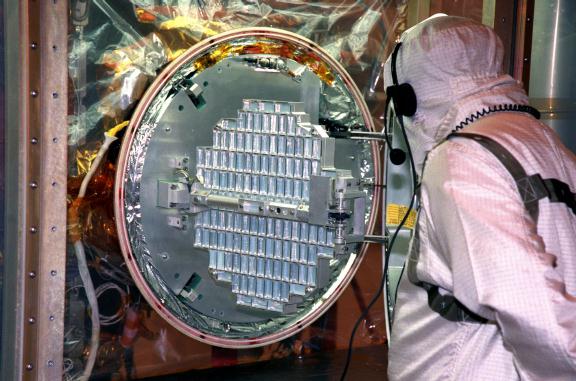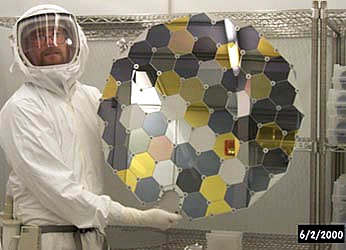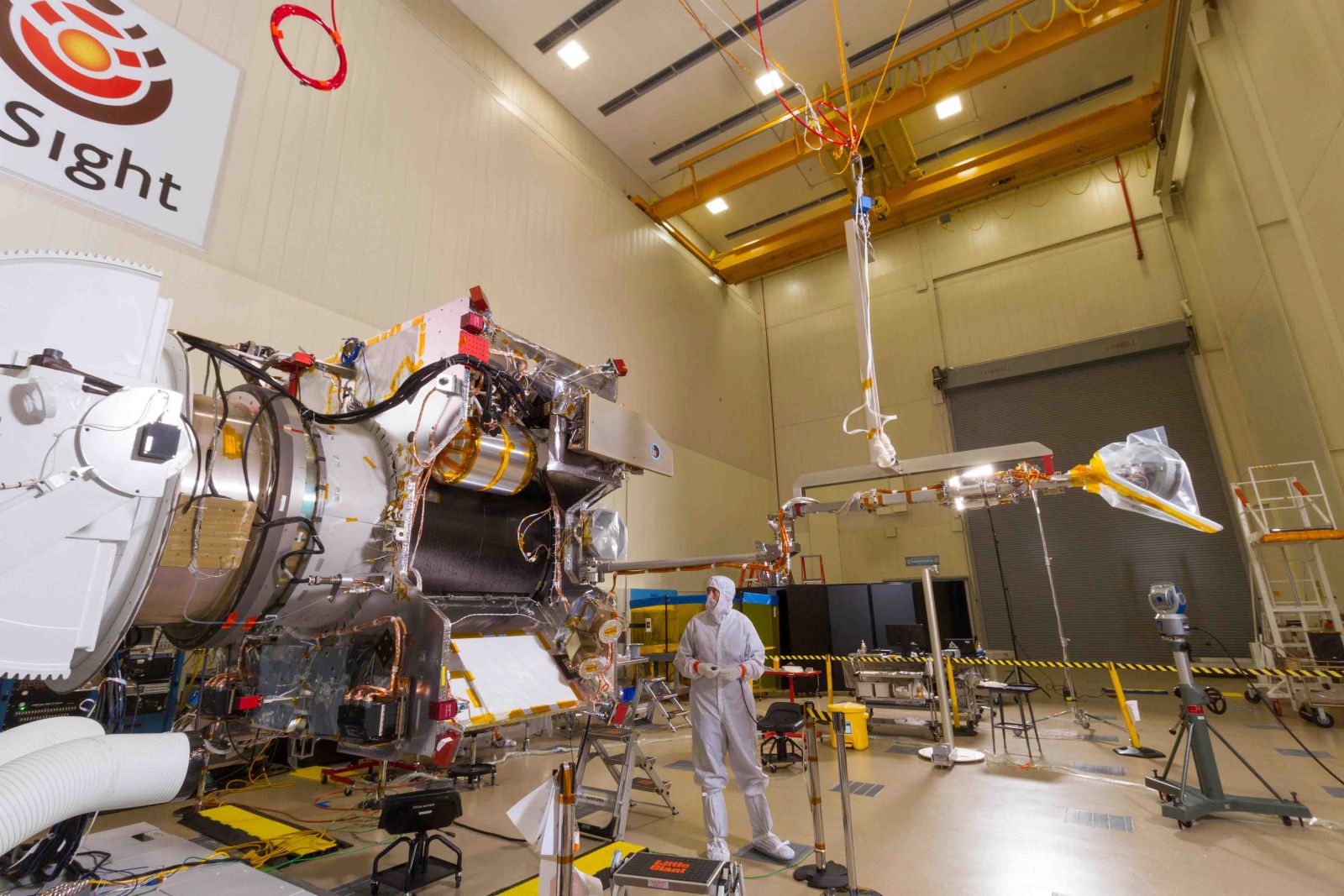Jane Baumann
My husband and I have been lucky to have two wonderful human children, one who is a mechanical engineer living and working in California and the other is in her last year of college (opting not to be an engineer). My husband is Jim Harris, a mechanism design engineer at Lockheed Martin.
Jim has also nurtured children of a different type: mechanical conceptions. Specifically, sample collection mechanisms. Although I have had nothing to do with these children, they have been the focus of his attention and consequently the focus of our dinner table conversations for many years.
The most recent child to leave home was TAGSAM, launched into space last week on board NASA’s OSIRIS-REx spacecraft to begin her 7-year journey to the asteroid Bennu and back home. There have been several articles in the news recently about this mission, but I would like to provide a different perspective. Namely, who is the man behind the Solo cup that the press keeps talking about? Everyone here at CRTech was excited about the launch since our software was used for the thermal design, but our staff members were also excited because of their personal connection with Jim.
With this blog post, I would like to recognize not only the OSIRIS-REx mission, but also Jim’s career working sample return missions. I'd also like to tell you about how he ended up in our driveway with that Solo cup.
Stardust was launched in 1999. Its mission was to collect interstellar dust particles, along with particles from the tail of Comet Wild 2, in an attempt to learn more about the nature of comets and, hopefully, the origins of life. In 2006, Stardust returned the samples to Earth, concluding a very successful mission. The Stardust sample return canister (SRC) was given to the Smithsonian National Air and Space Museum in 2008. Jim designed a grid system of aerogel which would deploy at specific time intervals to collect the particles. Once the particles embedded themselves in the aerogel, the grid was safely stowed in the SRC. My son, who was in first grade prior to the launch, was perhaps the only kid in the world at that point in time to have the opportunity to share a sample of aerogel at show-and-tell.

Stardust Sample Collection Grid (Photo credit NASA)
Jim was part of the design team for the SRC on the Genesis mission which launched in 2001. Genesis was a mission to collect solar wind particles to aid in the study of the Sun’s composition. This SRC was returned to Earth in 2004, landing at the Utah Testing & Training Range. The mission was a success and scientists were able to retrieve the particles for use in their studies. The sample grid for this mission was comprised of several hexagonal tiles of high purity materials such as sapphire, gold, silicon and carbon.

Genesis Hexagonal Collector Array (Photo credit NASA)
Jim eventually joined Dr. Ben Clark and his team at Lockheed Martin performing small study proposals for future NASA missions. While in this group, Ben handed Jim a background paper and asked if he could use it to come up with an idea to collect regolith (loose surface material) from an asteroid.
Jim came home and spent the weekend in his shop with assistance from our son (then in 6th grade) prototyping and testing concepts for collecting dirt from our gravel driveway. One of these concepts was tested using a Solo cup and an air filter from a garden tractor.
Over the next few years, there were multiple proposals, study contracts, and zero-g flights, all nurturing the development of the TAGSAM (Touch-and-go Sample Acquisition Mechanism). Eventually Lockheed Martin was awarded the contract to build the spacecraft and TAGSAM. At this point, Jim joined the OSIRIS-REx team to follow through with the care of his mechanical child.

Lockheed Martin TAGSAM Deployment Test (photo courtesy of Lockheed Martin)

Jim Harris Holding TAGSAM (photo courtesy of Lockheed Martin)
Last week Jim and I celebrated the beginning of TAGSAM’s celestial journey with a dinner of grilled steak, greens from our garden, and a nice bottle of cabernet sauvignon from the wine cellar. Of course, both kids called home to congratulate their dad.
While we wait for TAGSAM’s arrival at the asteroid Bennu, Jim will continue tinkering in his shop. He will be working on projects such as rocket stoves and Stirling engines, and of course trying to get me to create Thermal Desktop models for all his crazy ideas.
Recently, Dante Lauretta, OSIRIS-REx principal investigator, had an asteroid named for Jim. (He also did this for other key OSIRIS-REx players.) I consider this to be scientific proof that Jim is a rock, specifically my rock: stable, dependable, and often stubborn. It is reassuring to know that long after we leave this physical place, Jim’s presence will remain in this solar system, watching over his children.

